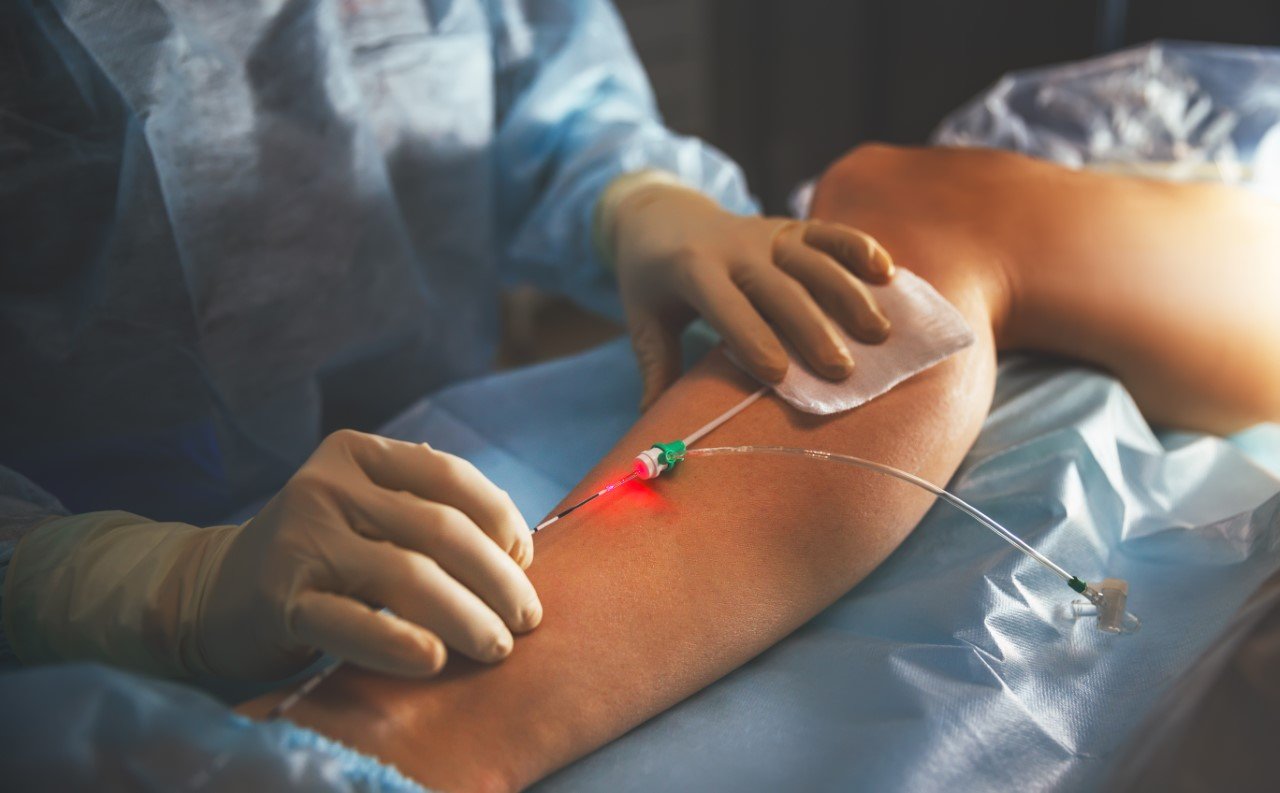
Superficial Venous Disease
(Varicose Veins, Spider Veins)
What is Superficial Venous Disease?
Superficial venous disease is characterized by malfunctioning valves in your veins. It’s one of the most common conditions in our population, affecting up to one out of two people over the age of 50, or approximately 15 - 25% of all adults.
Superficial venous disease is a common condition that millions of men and women endure each day. The venous system of the legs is composed of an intricate set of one-way valves that ensure that blood flows from the legs back to the heart and not back down the legs, which is known as venous insufficiency/venous reflux. Venous reflux causes the veins close to the skin (also called ‘superficial veins’) and its branches in the legs to dilate. Over time, this usually results in spider veins, reticular veins, and the classic bulging varicose veins. Patients may develop skin discoloration and, in severe cases, breakdown of the skin leading to an ulcer.
Who is at Risk?
Those with a family history of spider veins and/or varicose veins
Women, especially those who are pregnant
Those who are obese
Those who spend long periods of time sitting or standing
Those with prior trauma
Those with a history of deep vein issues, like blood clots
Signs / Symptoms
Dull ache, throbbing, fatigue, heaviness in the legs oftentimes worse at the end of the day
Skin discoloration
Skin breakdown (venous ulcer)
Leg edema or swelling
Diagnosis
Your doctor will perform a complete history and physical exam and possibly order blood tests. Non-invasive vascular testing includes a duplex venous ultrasound to evaluate for DVT and venous reflux (backward flow of blood in the leg veins).
Treatment
All treatments are non-surgical and outpatient because they’re performed with local anesthesia. Recovery is usually 1 hour, and patients walk out of the clinic after treatment with a bandage on the leg. In fact, they can even return to work the next day.
Treatments include sclerotherapy injections, ambulatory phlebectomy, endovenous laser ablation (EVLT) or endovenous radiofrequency (RF) ablation. Most will feel and see improvement at 1 month with continued improvement over 6 months.
Follow-up clinic appointments and ultrasound testing is determined based on the treatment plan.

Schedule a consultation and improve your health.
Get your procedure done where you’re the center of our attention.
